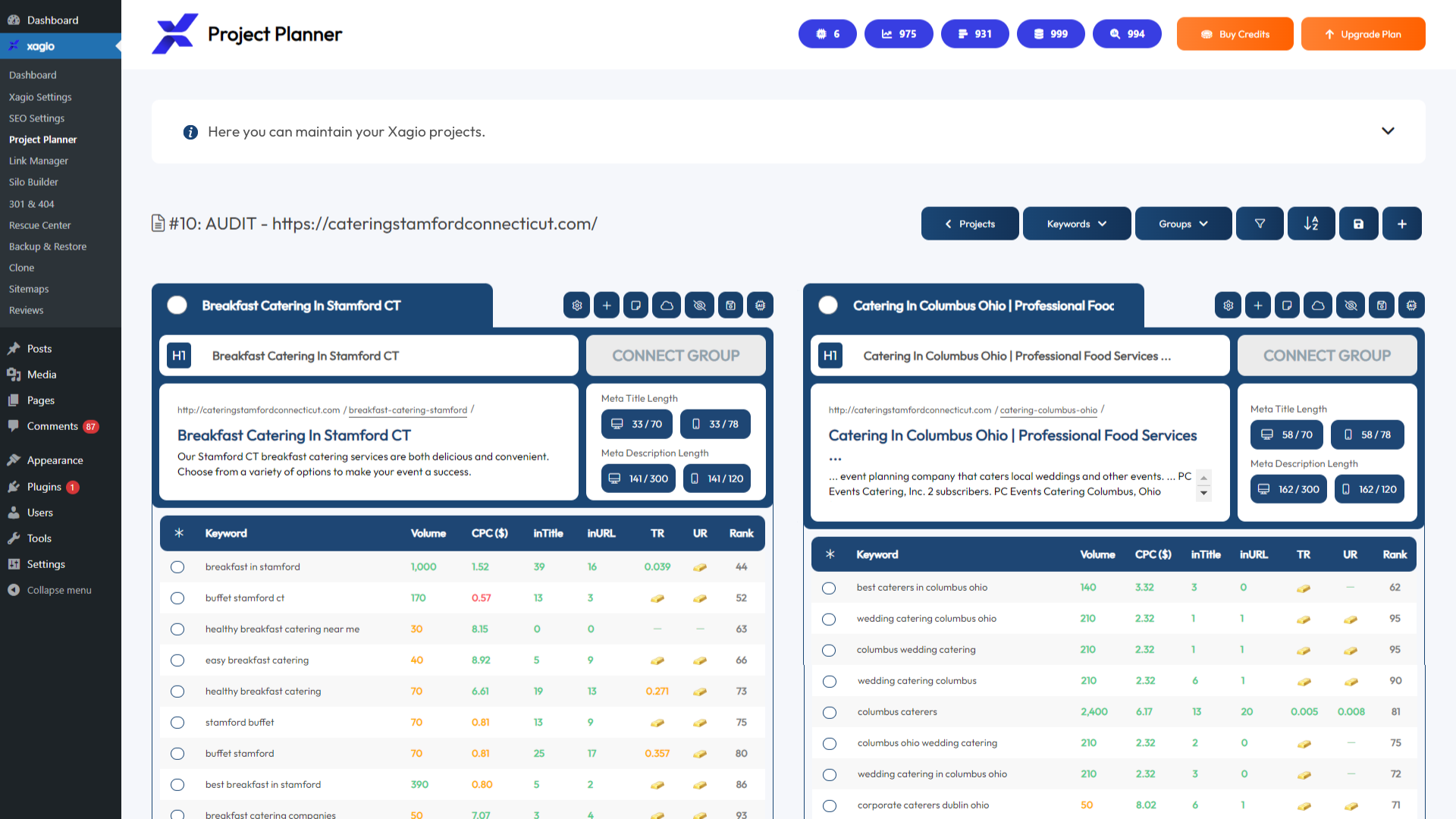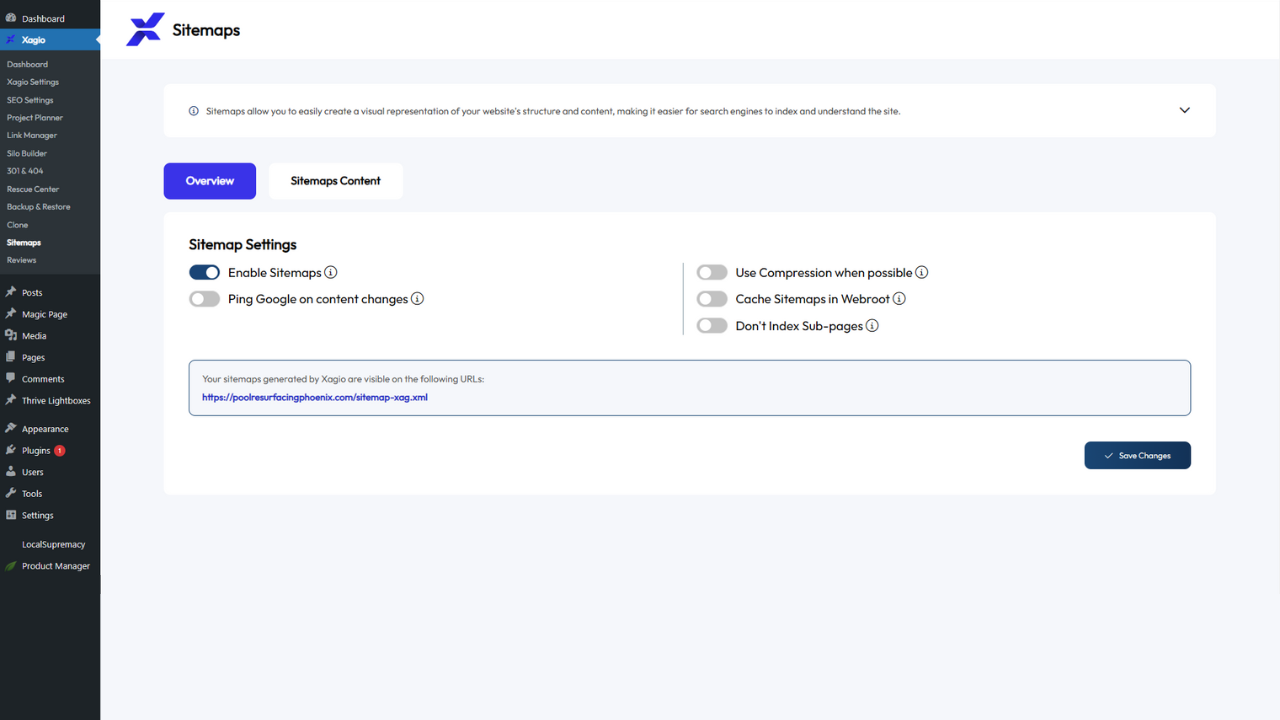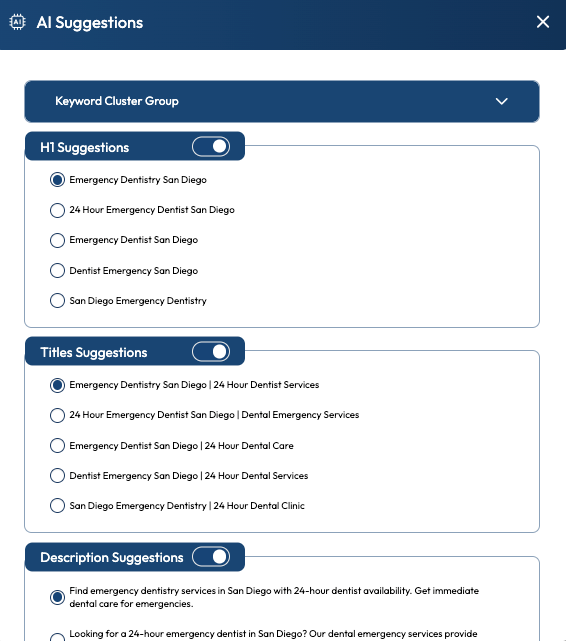Many small business owners that I’ve worked with over the years have typically fallen into two categories.
They’ve either been ripped off by SEO agencies and “experts, or they’ve done absolutely nothing about search engine optimization because they couldn’t do it themselves.
Either situation can end up with no or hardly any improvements in search engines.
But it seriously doesn’t have to be like that.
What I’ve learned in 15 years of doing small business and local SEO is most people could implement a basic SEO strategy that delivers huge results if they had the right tools and knew what to do.
And that’s exactly what I want to show you on this page.
Small Business SEO Vs. Local SEO
Let me first address some terminology that can cause confusion.
You’ll often hear people talk about small business and local SEO, and for the most part, they are pretty much interchangeable.
What I would say, though, is that typical small businesses really need to broaden their umbrella to cover techniques designed for targeted local SEO and general business results as well.
Here’s what I mean.
Just looking at a small business and what it does tends to be a too narrow focus as it doesn’t also specifically look at where the business and its customers are.
You have to take a dual approach to everything from keyword research to on-page optimizations.
And when you combine them into a simple SEO strategy, the results can pay off permanently.
Small Business Benefits Of Search Engine Optimization
Search engines remain the single best place to consistently get website traffic and leads from people who are specifically looking for your product or service.
Unfortunately, most small business owners completely underestimate the value of SEO and often believe that their digital marketing requirements are taken care of with a basic website and Facebook page.
The SEO industry also doesn’t demonstrate the most honest picture of the services. Many agencies will require monthly payments in the thousands of dollars supposedly to maintain rankings and traffic.
In reality, most of the work happens in the first few weeks to improve search rankings, and all you need is a basic understanding of critical tasks and a tool to implement them.
Let’s take a look at my recommended SEO strategy for small businesses and how easy it is to implement without any skills.
7 SEO Tips For Small Business Websites
With these seven steps, you can transform your search engine visibility and start seeing highly targeted and relevant buyer traffic within weeks.
1. Start With Keyword Research
Keyword research is the foundation for everything you do in SEO, and getting it right will make or break your strategy.
Here’s the problem, though.
Most KW research tools are expensive and end up providing you with one giant list of search phrases that you have to filter yourself.
That filtering process is complex and takes a lot of time. Even for a small website, you could be looking at days of work.
It also takes quite a bit of experience to get this right, and if you mess it up, you’re building your small business SEO strategy on shaky ground.
However, with Xagio AI, you can completely automate your keyword research process.
Xagio includes an AI Wizard that allows you to enter a main focus keyword and search location and then return up to 1,000 keywords based on websites at the top of the search results (follow these simple steps to get started).
Best of all, Xagio takes care of all the clustering for you in a matter of seconds. It’s a hands-off process that saves days of tedious manual work.
Tip: For in-depth information on how to perform recursive KW research with Xagio AI, check out this blog post.
2. Add Sitemaps To Google Search Console
While Google and other search engines will eventually find all your pages and posts, there’s one way to speed up the indexation process.
Sitemaps are technical files that contain information about the pages and posts on a site. Search engines can read these files to help them determine whether there is new or updated content on a site.
The good news is that you don’t have to learn any special skills to create sitemaps, as Xagio will do most of the work for you.
We’ve turned on this feature by default, and you can get the file locations and settings by going to the Sitempas tab in the Xagio plugin.
Most small business owners won’t need to make any changes to the settings–all you need to do is copy the sitemap file links and then log into your Google Search Console account.
If you haven’t set this up yet, then follow these simple instructions. It’s an important tool to activate, and it’s where you’ll need to add the sitemaps.
Simply click on the Sitemaps tab on the left navigation panel, paste the Xagio sitemap link, and click the “Submit” button.
Google will now regularly check the file for new content links and process those much faster.
Tip: To learn more about how to configure your sitemap settings, check out our dedicated blog post on this topic.
3. Meta Tag Optimizations
In my 15 years of doing SEO, I’ve come to learn that the 80/20 rule is alive and well.
What I mean is that 80% of your improvements in search engine results will come from 20% of your efforts.
And all it takes is paying attention to three critical on-page optimizations:
- H1 Title
- SEO Title
- Meta descriptions
These three meta tags are HTML code that search engines read to determine what a webpage is about.
Before you get worried about having to learn HTML and accessing the code for each of your pages, let me tell you that there’s a way to optimize these three tags in less than 10 seconds using Xagio AI.
What Xagio does is use your keyword list for each page and then come up with five recommendations for each of the tags. You simply choose the one that best covers the keywords, and you’re done (follow these simple steps to get started).
It saves you a ton of time and repetitive work, especially when it comes to writing meta descriptions, which take a lot of creativity and care to avoid overoptimization.
Tip: Prioritize meta tag optimizations for drastic increases in search engine rankings within weeks.
4. Fill Content Gaps
One very likely outcome of your KW research step above is that you should find some opportunities for topics you haven’t covered on your website.
These content gaps are huge opportunities to target keywords that will boost your organic Google search traffic.
Now, there are two ways to approach these content gaps.
First of all, you could manually write up the content (or hire someone to do it for you). If you’re good at writing creative and engaging content, then that could be a cheap way to add more articles.
But it’s time-consuming and requires creative skills in copywriting to achieve the best results.
Fortunately, AI technology has improved so much that it’s now possible to create really great content within seconds.
Tip: Don’t forget to complete the same on-page optimizations for new pages, as covered in step 3 above.
5. Update Your Google Business Profile
A fully verified and updated Google Business Profile will impact three main things.
First of all, once you verify your business address, you’ll appear on Google Maps, which is a common way for people to search for local businesses.
How many times have you opened Google Maps and searched for restaurants nearby?
Well, in pretty much every industry, it’s possible and even likely that people use this method to find small businesses.
Secondly, your business profile will help you to appear in the Google Local Pack. This is a search feature where you see a map at the top of the search results with the most relevant websites for the search term and area.
The third benefit is that it’s an easy way to get your customers to leave online reviews.
And the more positive and real reviews you get, the better it will also be for your chances of appearing high in the Local Pack mentioned above.
6. Add Schema Markup
Schema, also known as structured data, is a part of SEO that many people shy away from. The most common reason is that the majority of schema-generation tools require a lot of manual input and copying and pasting.
For someone not familiar with schema formats and the plugins needed to implement the code, this can seem like a daunting task.
That really gives you just two options.
Either invest the time to learn schema formatting and the available free tools or skip the task altogether.
However, with Xagio, there’s another option that doesn’t require more skills than being able to click your mouse button.
What we’ve done is create an AI-powered tool that will do all the heavy lifting, coding, and insertion practically on autopilot.
All you need to do is follow these schema instructions, and in less than 10 seconds, you’ll have a schema generated and assigned to a page.
The main reason you want to add schema to your pages is that there’s an opportunity to capture a rich snippet in the search engine results.
These are visually impactful features like star ratings, FAQs, and product details, to name just a few.
As a result, your webpage will become more eye-catching in the SERPs, thereby increasing your click-through rate without the need for increased search rankings.
Tip: You can also use Xagio’s schema duplicator to copy what your competitors are doing by following these instructions.
7. Track Your Rankings
There are two important metrics to track that will validate your SEO efforts:
- Organic search traffic
- Organic search rankings
However, the one that tells you the most about whether your small business SEO process has worked is the organic search rankings.
What you want to do is track your most important keywords for each page and check on a regular basis whether your position has changed.
All of the above actions will help with your rankings, and you should be able to see ranking improvements within a few days or a few weeks.
There’s no exact science to this, so you’ll need to be a bit patient. But having a rank tracking report with a graph makes it a lot easier.
Xagio has a built-in feature that makes rank tracking insanely easy and cheap, with a very easy-to-read graph that demonstrates your progress over time.
Tip: It takes just seconds to set up your rank tracking by following these simple steps.
Start Optimizing Your Website With Xagio
None of the above tasks requires in-depth SEO knowledge or experience, and we’ve built Xagio to be insanely easy to use.
Our AI tools chew through work in seconds for tasks that would normally take weeks to complete and you’ll start seeing improved Google search results within weeks.
Everything we’ve built is based on years of extensive testing and proven results, so that you can can sit back with peace of mind.
SEO agencies will charge you thousands of dollars for these simple tasks, and now you can gain all the benefits at a fraction of the costs.
Get started with Xagio today and see how quickly you can achieve vastly improved search engine results.


